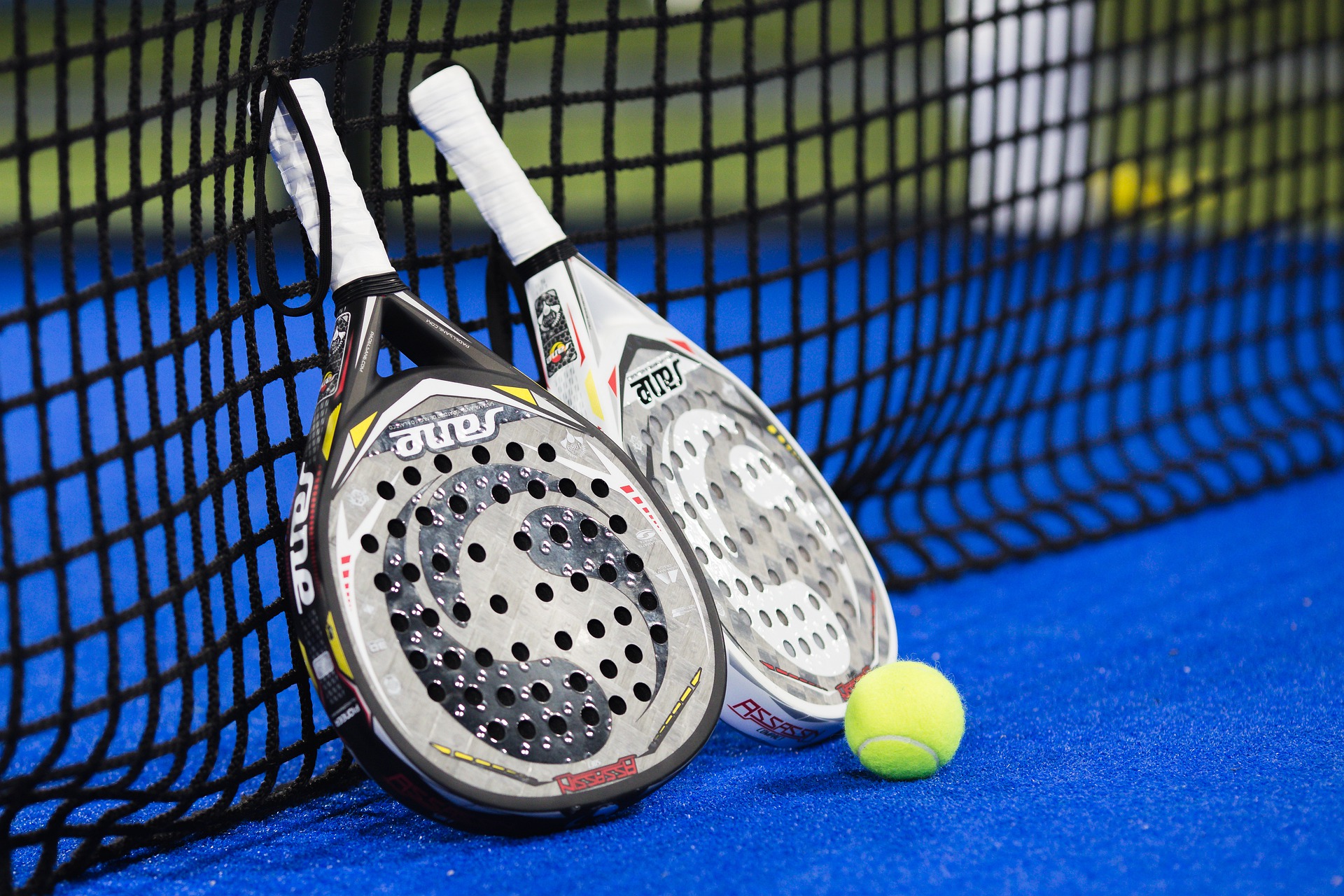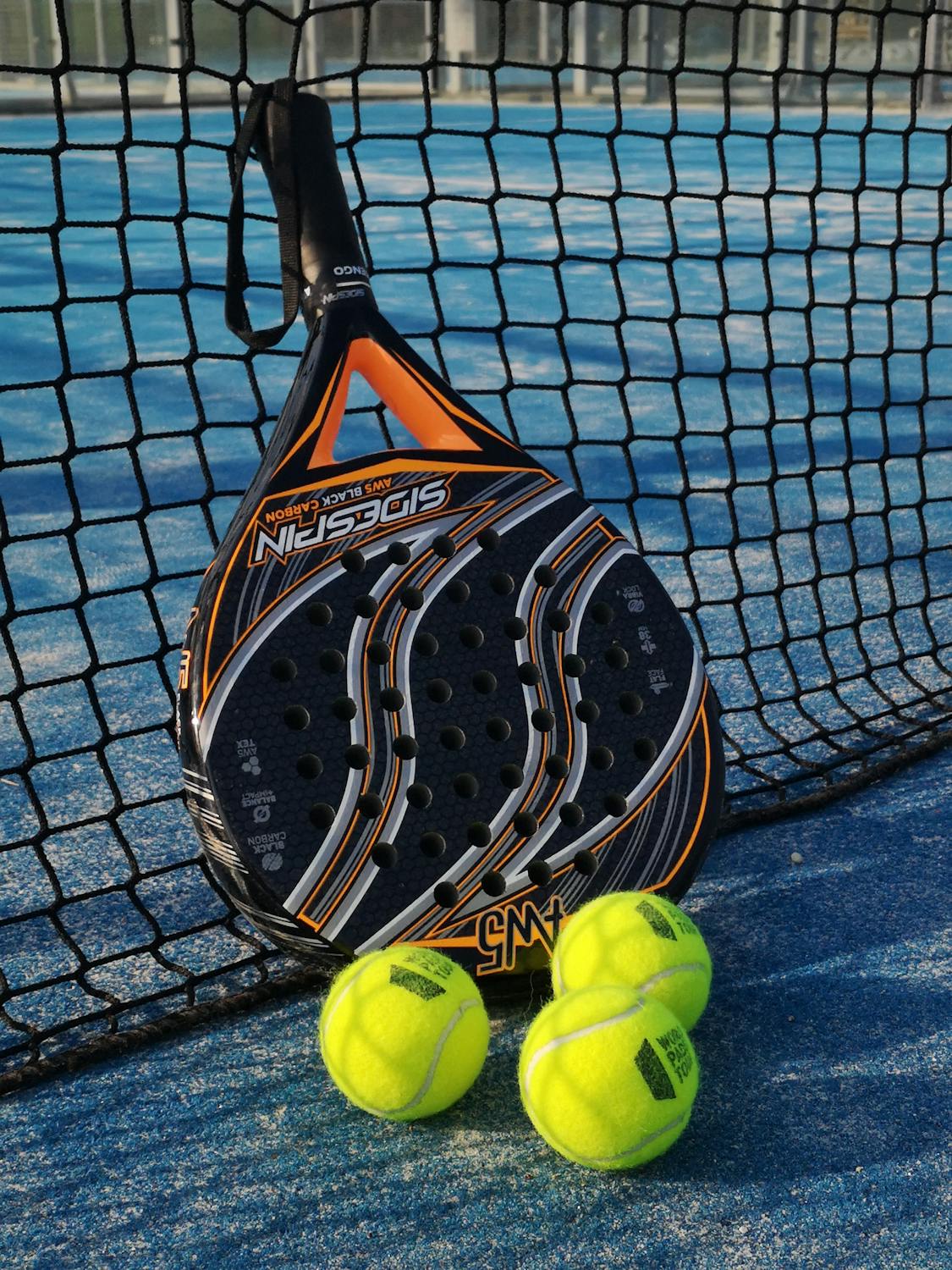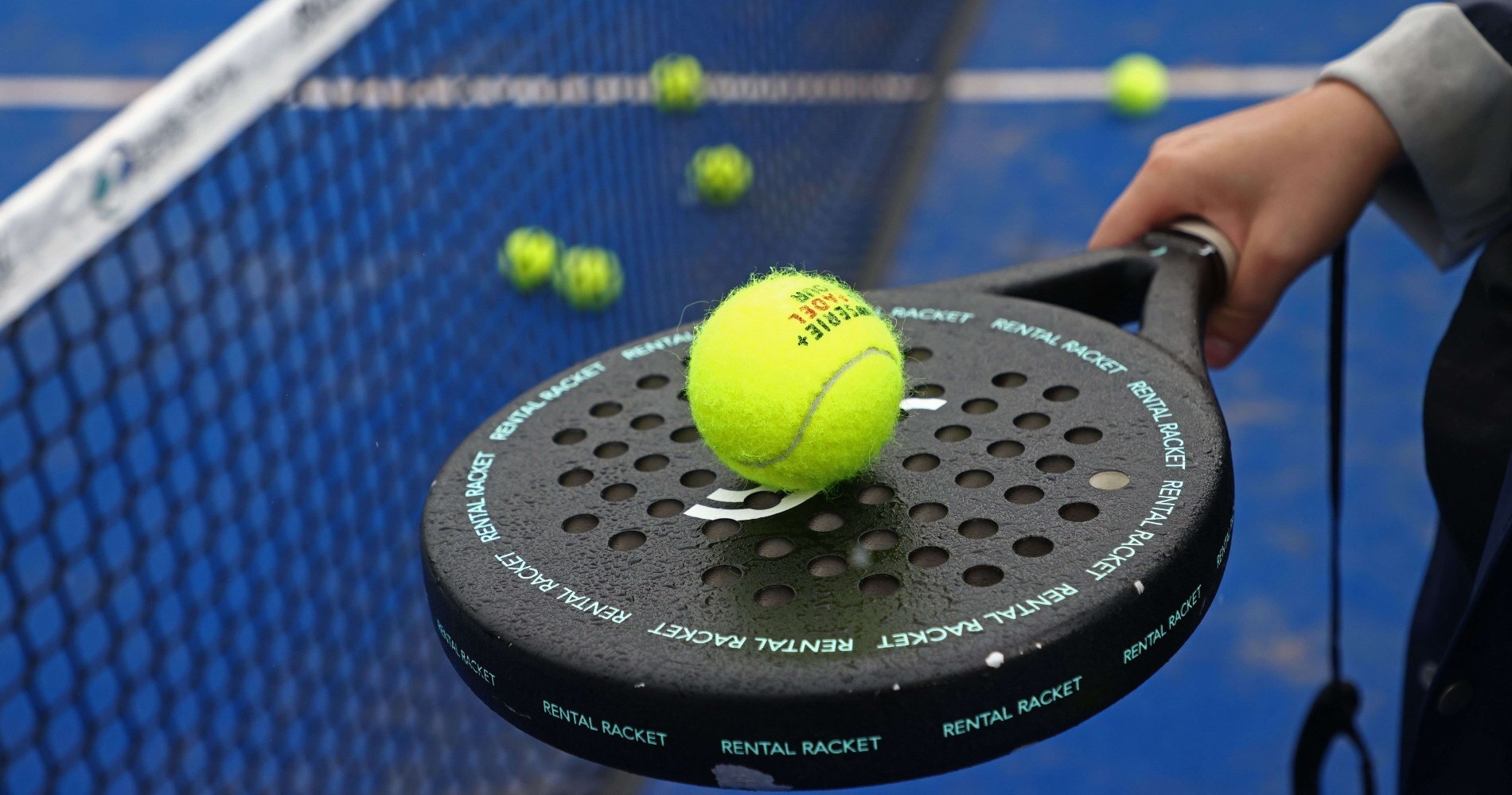Padel and Tennis are two of the most popular racket sports in the world, and while they share some similarities, they differ in many ways. One key difference lies in the pace of the game, with many players and spectators wondering: Is Padel slower than Tennis?
This question touches on several aspects, such as ball speed, court size, player movement, and game strategy. If you’re new to either sport or a seasoned player, this guide will help you understand how these two games compare when it comes to speed. Let’s explore the key differences, analyze the dynamics of both sports, and see which one truly plays at a slower pace.

To determine whether Padel is slower than Tennis, it’s important to compare the two sports in terms of the core factors that influence game speed: court size, equipment, player movement, and overall strategy. While both are racket sports, these differences significantly impact the pace and dynamics of the game.
1. Court Size and Environment
One of the most obvious differences between Padel and Tennis is the court size.
- Padel courts are enclosed and much smaller, measuring 10 meters by 20 meters, while Tennis courts are much larger, at 23.77 meters by 8.23 meters for singles and 10.97 meters for doubles.
- The enclosed Padel court, surrounded by walls, slows down the ball since the walls can be used to keep rallies alive. In contrast, Tennis relies solely on the open space, which allows for faster, longer shots.
Impact on Game Speed:
The smaller, enclosed court in Padel makes it less about sprinting and more about positioning and quick reflexes. The walls slow down the game as players can anticipate rebounds, giving them more time to react. In Tennis, the ball can fly further and faster due to the larger, open court.
2. Rackets and Balls
- Padel Rackets: Padel rackets are solid with no strings, providing less power than a Tennis racket. They are perforated to allow for better control but don’t generate as much speed or spin.
- Tennis Rackets: Tennis rackets have a stringed surface, allowing players to generate more power and spin, which results in faster ball speeds and more aggressive play.
Balls:
- Padel balls have less pressure, meaning they bounce lower and travel more slowly than Tennis balls. The slower ball speed in Padel gives players more time to react and strategize.
3. Player Movement
- Padel: Due to the smaller court, Padel players engage in more lateral, quick movements. The game involves constant adjustments to the ball’s trajectory, especially after it bounces off the walls. This creates a more methodical pace, with a focus on control and positioning rather than outright speed.
- Tennis: Tennis players need to cover a lot more ground. With the open court and faster ball speed, there’s much more sprinting and rapid movement involved. The fast pace often leads to shorter points, as players try to end rallies quickly with aggressive shots.
Impact on Game Speed:
While Tennis demands more long-distance running and explosive movements, Padel involves shorter bursts of movement but with frequent changes in direction. This creates a slower overall game pace in Padel, as players focus on positioning rather than chasing after long shots.

Is Padel Slower Than Tennis in Terms of Ball Speed?
One of the most direct ways to assess whether Padel is slower than Tennis is by analyzing ball speed. The speed at which the ball travels in both sports is influenced by several factors, including the type of ball used, the racket design, and the surface of the court.
Ball Speed in Tennis
In professional Tennis, the average ball speed can vary depending on the type of shot:
- Serves in Tennis often exceed 200 km/h (124 mph) in men’s matches and 160-180 km/h (99-112 mph) in women’s matches.
- Groundstrokes (forehands and backhands) can reach speeds between 100-150 km/h (62-93 mph) depending on the player’s style and technique.
Tennis players use powerful stringed rackets that allow them to generate immense force, which translates into faster shots. Additionally, the pressurized Tennis ball has a higher bounce and travels faster over longer distances.
Ball Speed in Padel
Padel, on the other hand, is inherently slower. The average ball speed in Padel is significantly lower than in Tennis:
- Serves and volleys in Padel typically range from 60-80 km/h (37-50 mph).
- Groundstrokes in Padel rarely exceed 100 km/h (62 mph), as the slower, low-pressure ball combined with the smaller racket results in less speed and more control.
Why is the Padel Ball Slower?
- Ball Pressure: Padel balls are less pressurized compared to Tennis balls, which makes them bounce lower and travel slower.
- Court Size: The smaller, enclosed court means the ball doesn’t need to cover as much distance, and the walls further slow down its momentum.
- Racket Design: Padel rackets lack the strings that allow Tennis players to generate spin and speed. Instead, they are solid and designed for control rather than power.
Impact on Game Speed
The slower ball speed in Padel has a noticeable impact on the pace of the game:
- Longer rallies: In Padel, the ball’s slower speed and the use of walls contribute to more extended rallies. Players rely more on precision and strategy than raw power.
- Time to React: With a slower ball, players in Padel have more time to react to shots, making the game feel less intense and slower compared to the fast-paced nature of Tennis.
In contrast, the fast ball speed in Tennis means points can be decided quickly, with fast serves or powerful groundstrokes often ending rallies after just a few shots.

Is Padel Slower Than Tennis in Terms of Player Movement?
When considering whether Padel is slower than Tennis, another crucial factor is player movement. The way players move on the court is heavily influenced by the sport’s rules, court size, and the speed of the ball.
Player Movement in Padel
Due to the smaller court size, Padel requires less long-distance running but demands quick lateral movements and fast reactions. Since the court is enclosed, players are constantly adjusting their position based on how the ball interacts with the walls. This often means shorter sprints but more frequent adjustments.
- Lateral Movement: In Padel, players need to move side-to-side quickly as they anticipate where the ball will bounce off the wall.
- Reaction Time: Padel players must react swiftly, especially when the ball is rebounding off the walls. However, the slower ball speed gives players slightly more time to position themselves.
- Strategic Positioning: Instead of chasing long balls, players in Padel are more focused on maintaining an advantageous position in the middle of the court, which helps them cover ground more efficiently. This minimizes the need for large movements.
Physical Demand:
While Padel involves quick bursts of movement, it is generally less physically demanding than Tennis in terms of running. The smaller court and slower ball speed allow for a more controlled pace, and the use of walls adds an extra element that reduces the need for full-court sprints.
Player Movement in Tennis
Tennis, on the other hand, requires much more explosive movement. Players need to cover significantly larger distances as they run to chase down the ball, especially when playing singles matches.
- Long-Distance Sprints: Tennis players must frequently run back and forth across the length of the court, often covering large distances to reach fast-moving balls.
- Speed and Agility: Given the size of the Tennis court and the high ball speed, players need to have exceptional speed and agility. Reaching fast serves or deep baseline shots requires powerful sprints and quick direction changes.
- Endurance: Tennis players, particularly in singles matches, need a high level of stamina. The larger court and faster pace mean that players are often running for extended periods throughout a match.
Impact on Game Speed:
- In Tennis, the physicality of the game means that players are constantly trying to end points quickly. Long rallies are more tiring, so aggressive shots are often used to finish points.
- In Padel, while there is less running involved, the game’s strategic nature and longer rallies slow down the overall pace. Players can rely on more controlled movements and positioning, which contrasts sharply with the high-speed, high-intensity movements required in Tennis.
Conclusion on Player Movement:
In terms of player movement, Tennis is much faster-paced due to the larger court and quicker ball speed. Padel, by contrast, has a more deliberate pace, with players relying on positioning and walls to keep the rally going. This makes Padel slower in terms of overall movement and game dynamics, even though it requires quick reflexes and lateral agility.